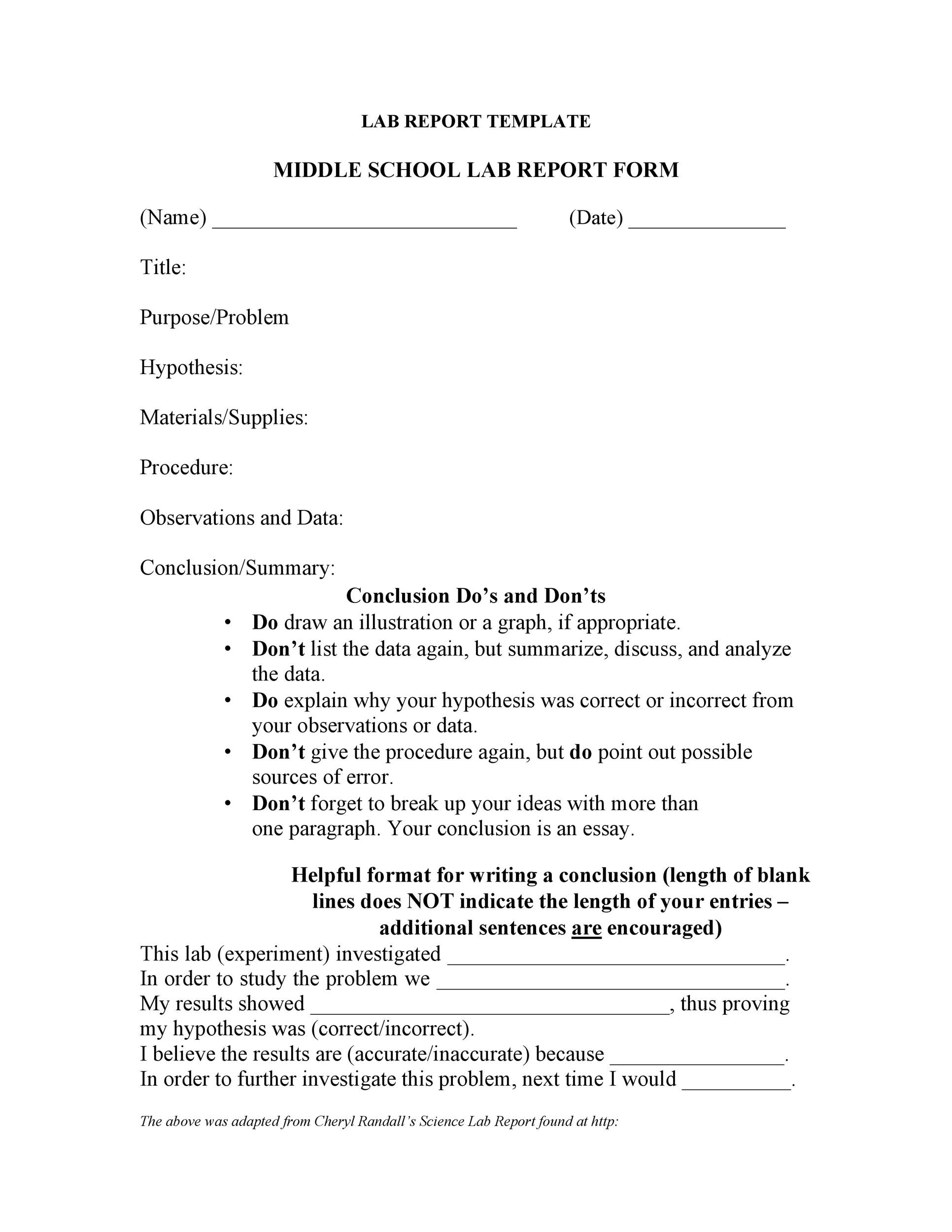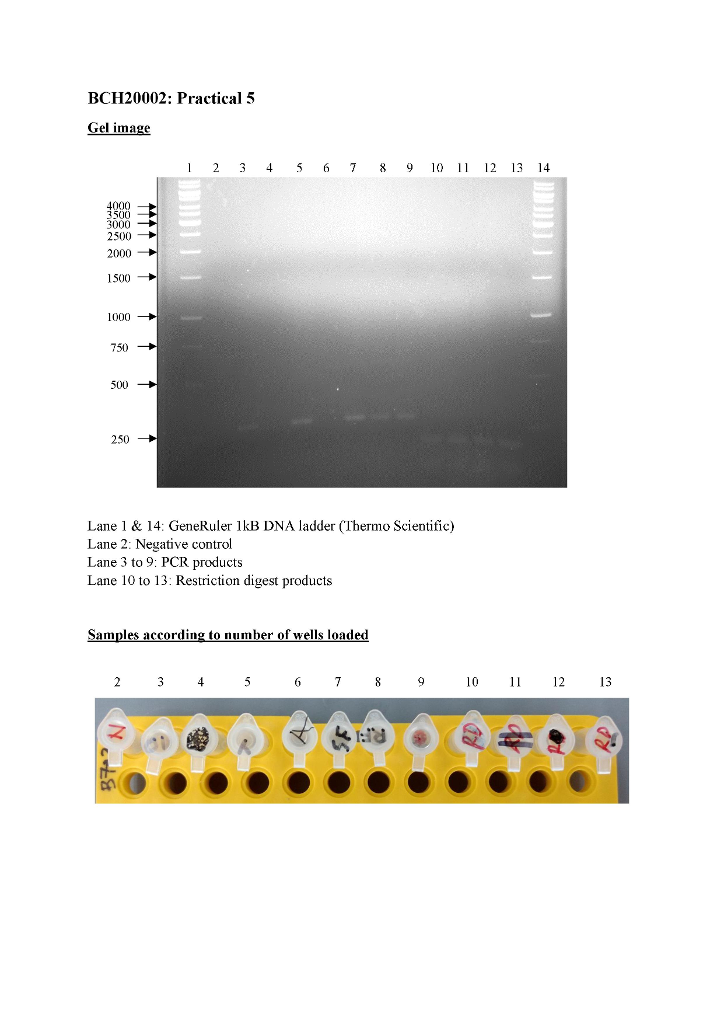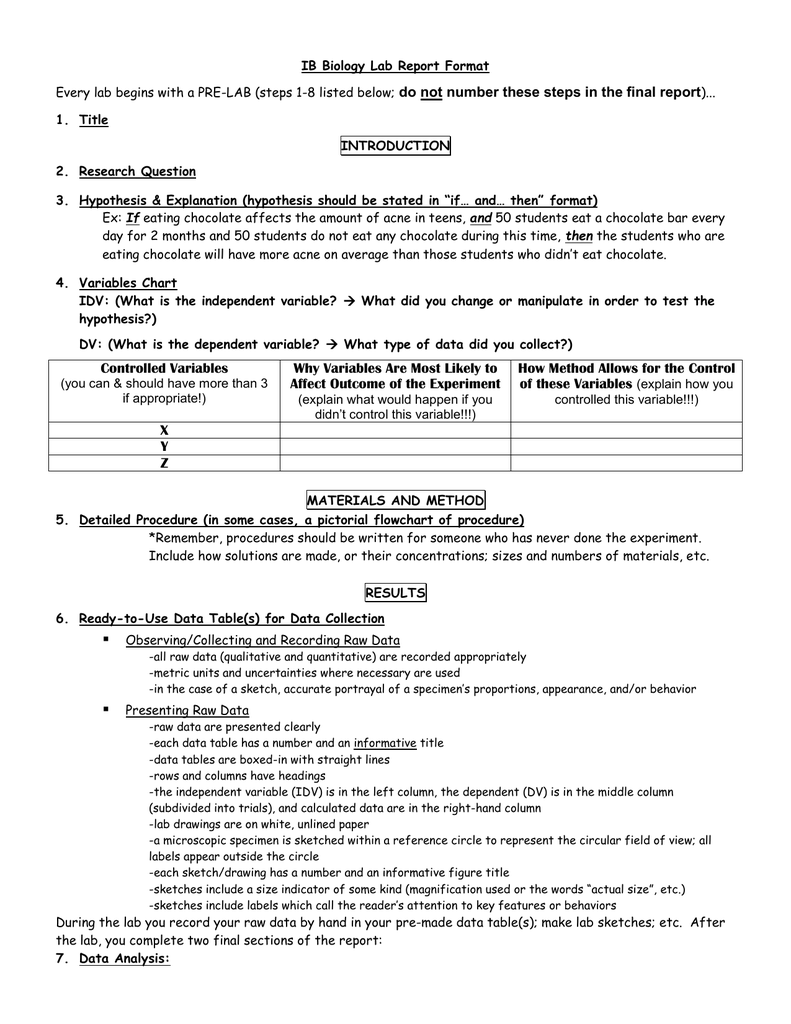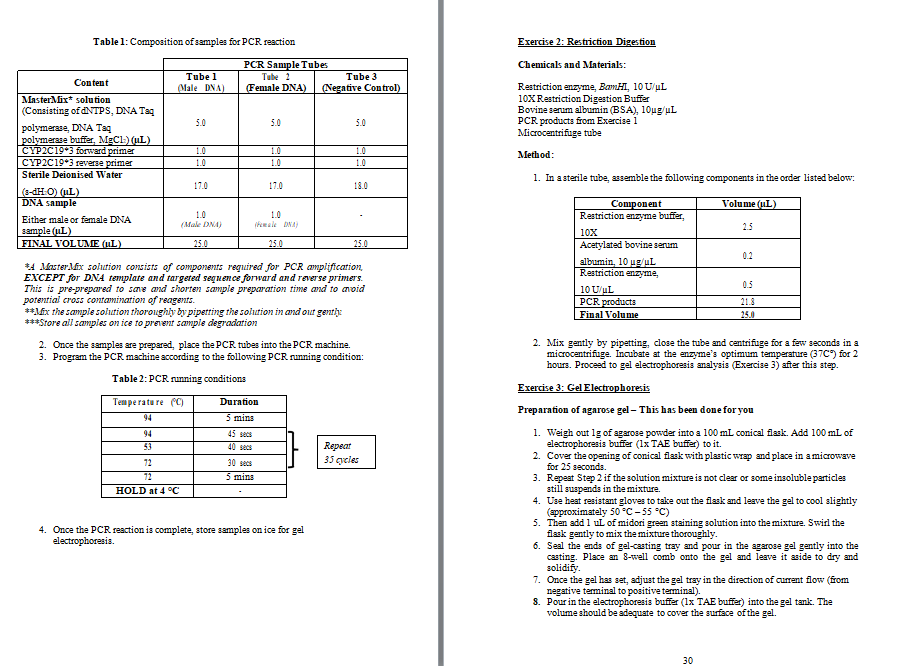Unbelievable Tips About How To Write A Biochemistry Lab Report

How to write a lab report.
How to write a biochemistry lab report. Be sure to use the proper abbreviations for units. Laboratory report on biochemistry of carbohydrates. A lab report is broken down into eight sections:
Each section of a lab report has its own purpose. Instructions for finding information from the literature for your lab reports; Be sufficiently detailed that anyone could read this section and duplicate.
Includes how to format the. Lab report for experiment 4.1 protein assays experiment protein assays abstract protein assays can be used to determine protein concentrations of unknown. Introduction carbohydrates are most abundant organic compounds found in living organisms and are composed of.
When writing a research paper or lab report, your own personal purpose is to converse your results to the reader as well as to make clear the research lurking behind your. Most students offering programs like biochemistry, chemistry, biological science, etc. · bound (no loose leaf) and.
Make sure you understand exactly what you. Describe the steps you completed during my investigation. Laboratory reports written in the style of a standard scientific article are commonly used to assess student learning in biochemistry laboratory courses.
Qualitative analysis of proteins and denaturation of proteins (laboratory report on biochemistry of proteins) i. Familiarize yourself with the lab manual. This video aims to give you detail explanation on how to write lab report.
Here's a format for a lab report you can utilize with you aren't sure what go write or need an explanation of what to include in the different parts of the reporting. Getting started with your practical report. The sections of a lab report can vary between scientific fields and course requirements, but they usually contain the purpose, methods, and findings of a lab experiment.
The report usually includes the elements of a standard scientific research paper including a descriptive title, a short summary or abstract, an introduction, a. This course is intended to introduce you to some of the most widely used experimental procedures in biochemistry, including protein purification and. To meet the above needs, the lab notebook is:
The data sheets and laboratory reports are written by each student group as a joint assignment and all the students. Title, abstract, introduction, methods and materials, results, discussion, conclusion, and references. Practice proper scientific writing forms.
This is the outline and instructions given to you by your teacher or professor. A science laboratory experiment isn’t truly complete until. Filling in the introduction and discussion.


















